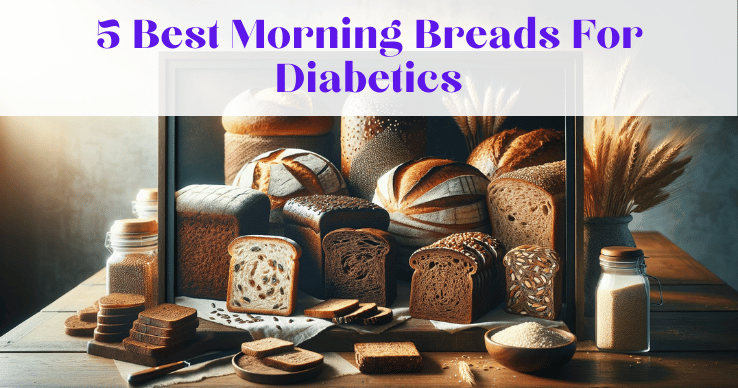For those managing diabetes, the choice of breakfast can significantly impact blood sugar levels throughout the day. Bread, a common breakfast staple, poses a particular challenge due to its carbohydrate content. However, not all breads are detrimental to blood sugar control. This section aims to enlighten diabetics and caregivers about the nuances of selecting bread that is both nutritious and diabetes-friendly.
Understanding the Glycemic Index and Ingredients
The key to choosing the right bread lies in understanding the glycemic index (GI) and the ingredients used in bread-making. The glycemic index is a measure of how quickly foods raise blood sugar levels. Breads with a lower GI are preferable for diabetics as they cause a slower, more gradual rise in blood sugar. Additionally, the composition of the bread – from the type of flour used to the inclusion of seeds and grains – plays a crucial role in its impact on diabetes management.
Setting the Criteria for Diabetic-Friendly Breads
In this article, we will explore bread options that meet specific criteria making them suitable for diabetics. These criteria include a low glycemic index, high fiber content, minimal processed ingredients, and the presence of nutrients beneficial for overall health management. Understanding these criteria will empower readers to make informed choices not just about the breads discussed here but also in evaluating other food options.
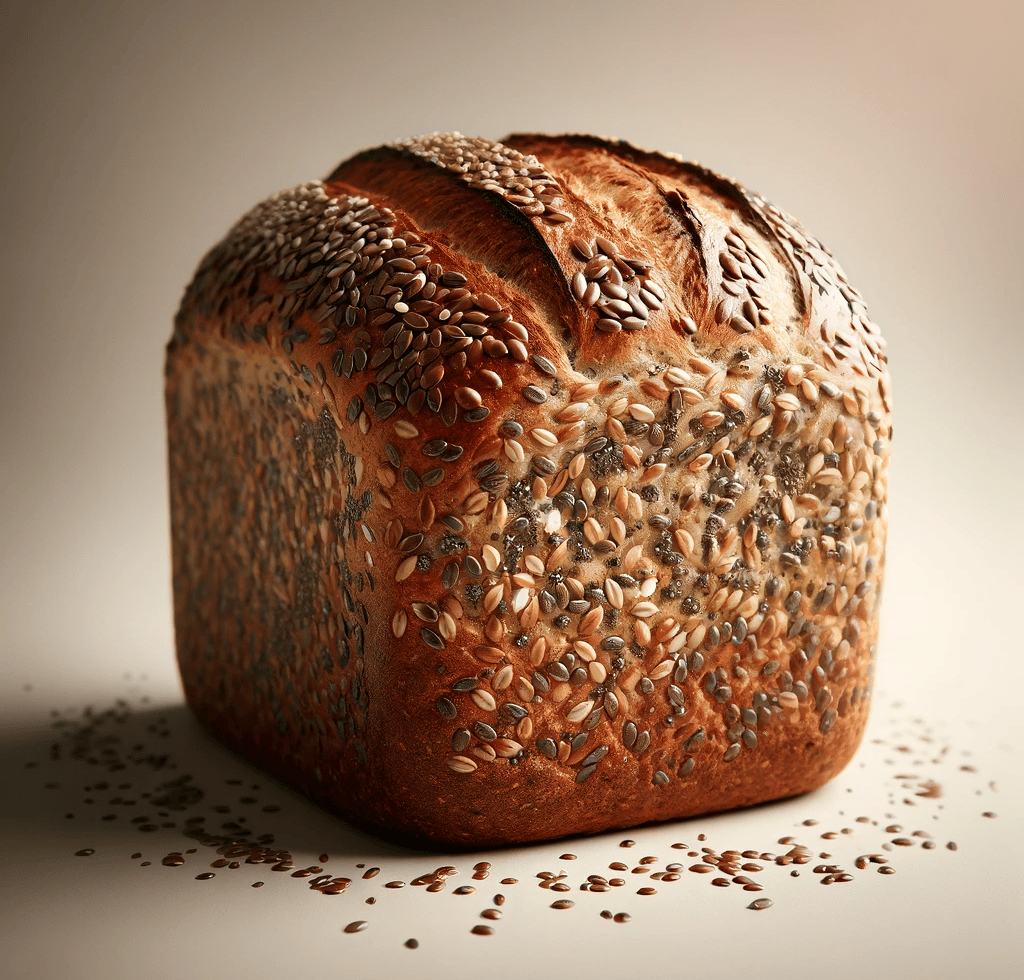
5. Organic Flax and Chia Seed Bread
Organic Flax and Chia Seed Bread ranks fifth but stands out as a nutritional powerhouse. This bread isn’t just a tasty choice; it’s a healthful one, especially for those managing diabetes.
Fiber-Rich for Better Blood Sugar Control
One of the most notable features of this bread is its high fiber content. With 11 grams of fiber per serving and only 30 grams of carbohydrates, it boasts an impressive carb-to-fiber ratio of less than three. Why is this important? High fiber content in bread is crucial for diabetics as it slows down carbohydrate digestion, leading to a more gradual rise in blood sugar levels.
The Benefits of Flax and Chia Seeds
The inclusion of flax and chia seeds elevates this bread to superfood status. Flax seeds are rich in alpha-linolenic acid, an omega-3 fatty acid beneficial for heart health, while chia seeds offer antioxidants, calcium, and protein. This combination results in a bread that’s low in calories and high in essential nutrients.
Balancing Sugar Content
With almost 3 grams of sugar per serving, this bread’s sugar content is relatively low but still noteworthy. It’s vital for diabetics to balance the benefits of fiber with the overall sugar content, choosing bread that aligns with their health goals.
Choosing the Right Product
Be cautious of misleading products in the market. Some flax and chia seed breads are essentially white bread with a few seeds added. Always check the ingredient list to ensure you’re getting a genuinely nutritious product.
4. Pumpernickel Bread
Pumpernickel Bread, a staple of German cuisine, is renowned for its unique preparation and nutritional profile. The slow baking process, often exceeding 24 hours, uses coarsely ground rye flour, enhancing its flavor and health benefits.
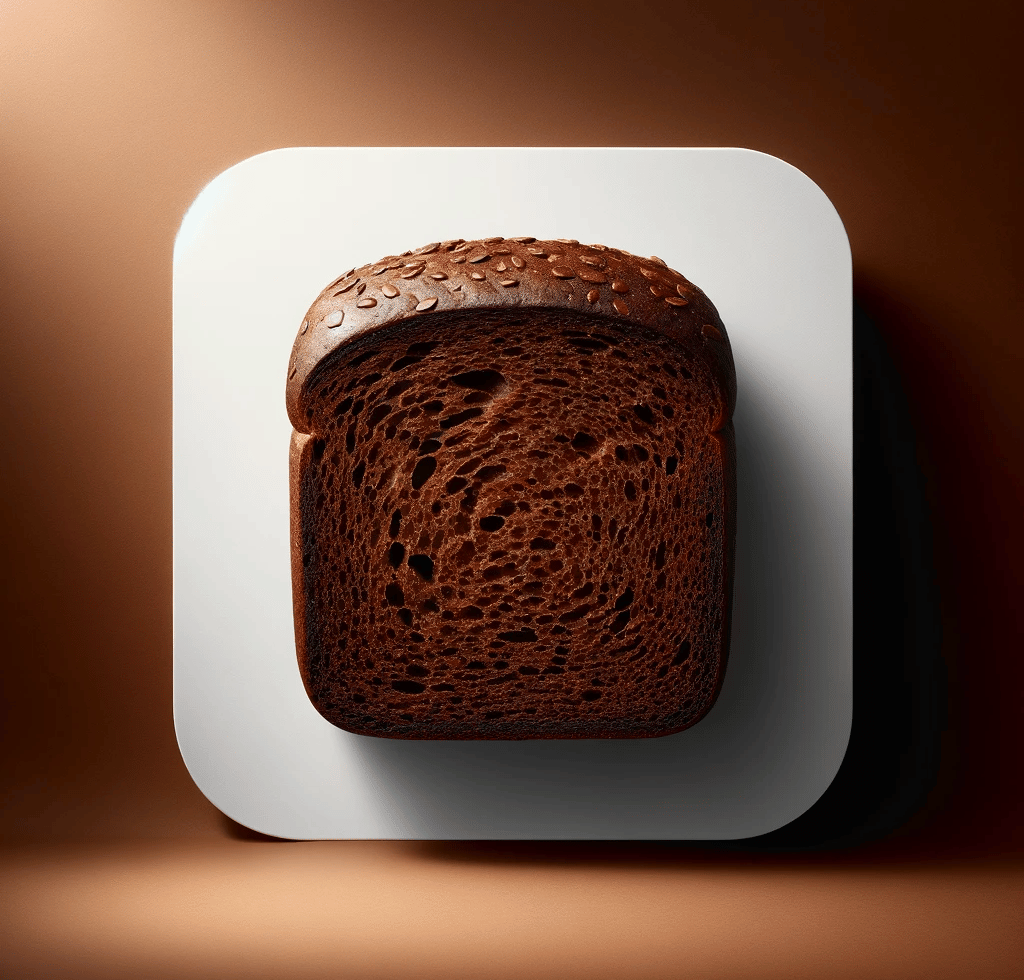
High Fiber for Blood Sugar Regulation
With approximately 7 grams of fiber per 100 grams, Pumpernickel is effective in regulating blood sugar. A study in the ‘European Journal of Clinical Nutrition’ showed improved blood sugar control in individuals who included rye bread in their diet over standard wheat bread.
Impressive Carb-to-Fiber Ratio
Pumpernickel’s carbohydrate content is around 47 grams per 100 grams, yielding a carb-to-fiber ratio of about seven. This ratio is significantly lower than many bread types, beneficial for stable blood sugar levels.
Low Glycemic Index and Sugar Content
With a glycemic index of 45, Pumpernickel is a low-GI food choice. Its low sugar content, at just 0.5 grams per serving, further underscores its suitability for a diabetic diet.
Blending Tradition with Nutrition
Pumpernickel Bread is not just a product of traditional baking art; it’s a testament to modern nutritional wisdom. Its attributes make it an excellent choice for diabetics, combining delicious taste with health benefits.
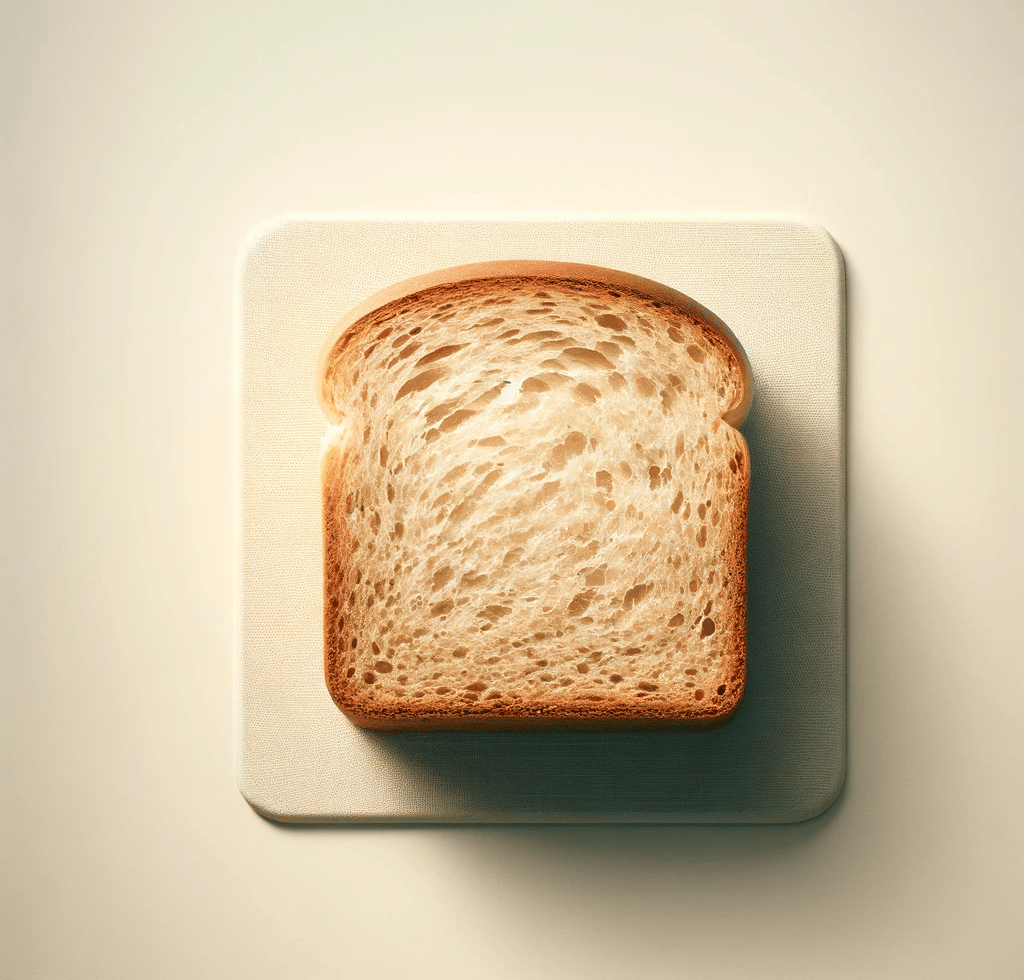
3. Keto Bread
Keto Bread, ranking third, is a revolutionary option in the world of diabetic-friendly bread. It aligns with the ketogenic diet, known for its potential in managing diabetes and obesity, by being low in carbohydrates – a key factor for blood sugar control.
Unique Ingredients for Low Carb Content
Keto Bread’s composition diverges significantly from traditional bread. It commonly includes almond flour, coconut flour, psyllium husk, eggs, and sometimes cream cheese. This combination results in a bread that’s not just low in carbs but also rich in fibers and proteins.
Impressive Carb-to-Fiber Ratio
A typical slice of Keto Bread contains about 11 grams of carbs and 8 grams of fiber, achieving a carb-to-fiber ratio of less than two. This ratio is particularly favorable for diabetics, as it indicates a slower impact on blood sugar levels.
Backed by Research
A study in the ‘Journal of Medicinal Food’ highlights the benefits of a ketogenic diet, which mirrors the properties of Keto Bread. Participants on this diet showed significant improvements in glycemic control – a vital aspect for diabetics.
Balancing Dietary Needs
While Keto Bread offers considerable benefits for glycemic control, it’s important to consider its high-fat content and balance it with individual health goals and dietary needs.
2. Ezekiel Bread
Ezekiel Bread, at number two, is not just a healthy bread option; it represents a fusion of ancient traditions and modern nutrition. Made from sprouted whole grains and legumes, it’s based on a recipe from the Bible.
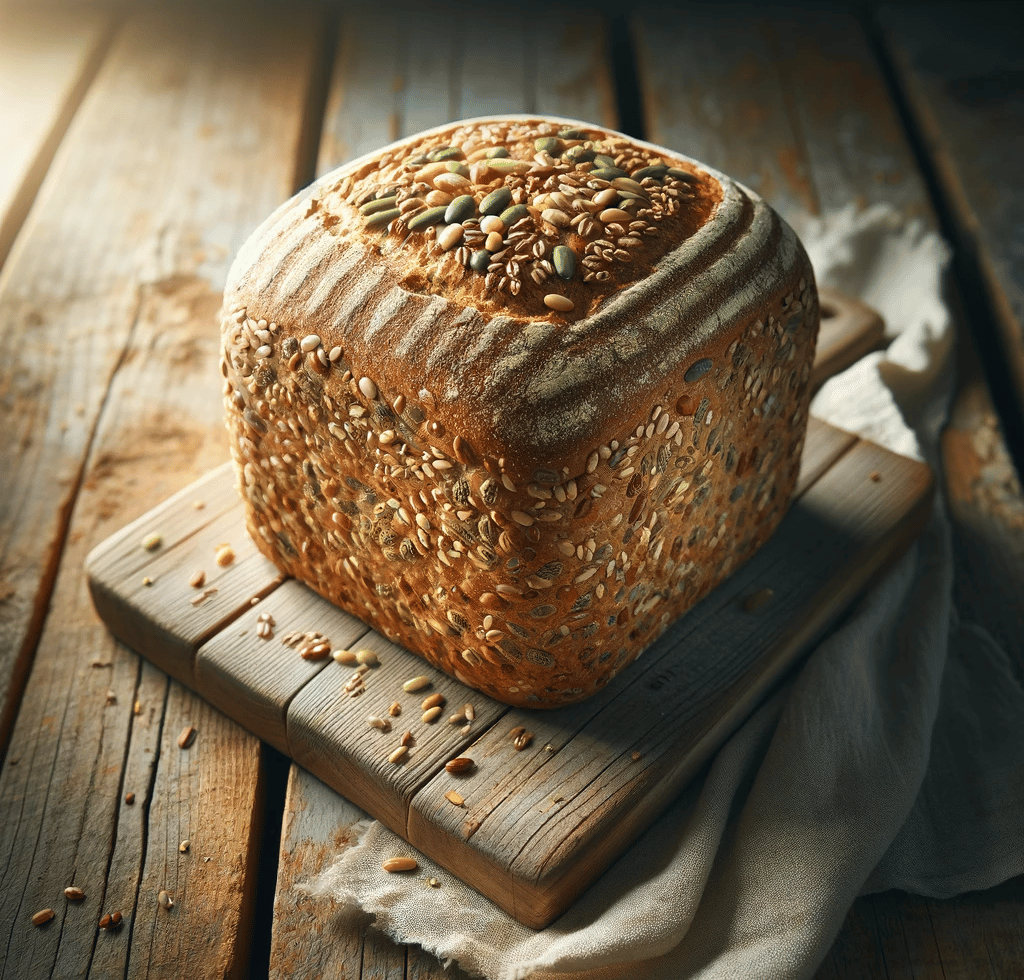
Benefits of Sprouting Process
The sprouting process used in Ezekiel Bread increases nutrient bioavailability and decreases carbohydrate content. This makes the bread more suitable for managing blood sugar levels, a crucial aspect for diabetics.
Low Glycemic Index and Nutrient-Rich
With a carb-to-fiber ratio of 4.5 (44 carbs and 8 grams of fiber) and virtually zero added sugar, Ezekiel Bread has a low glycemic index of around 36. This lower GI implies that it’s less likely to cause rapid blood sugar spikes.
Complete Protein Profile
Ezekiel Bread is notable for its complete protein profile, a rarity in plant-based foods. It’s also rich in essential vitamins and minerals like magnesium, selenium, and iron, adding to its nutritional value.
Unique Taste and Storage Considerations
Ezekiel Bread’s denser, chewier texture and nutty flavor might require an adjustment for some. Its natural ingredients and lack of preservatives mean a shorter shelf life, but storing it in the fridge or freezer can preserve its freshness.
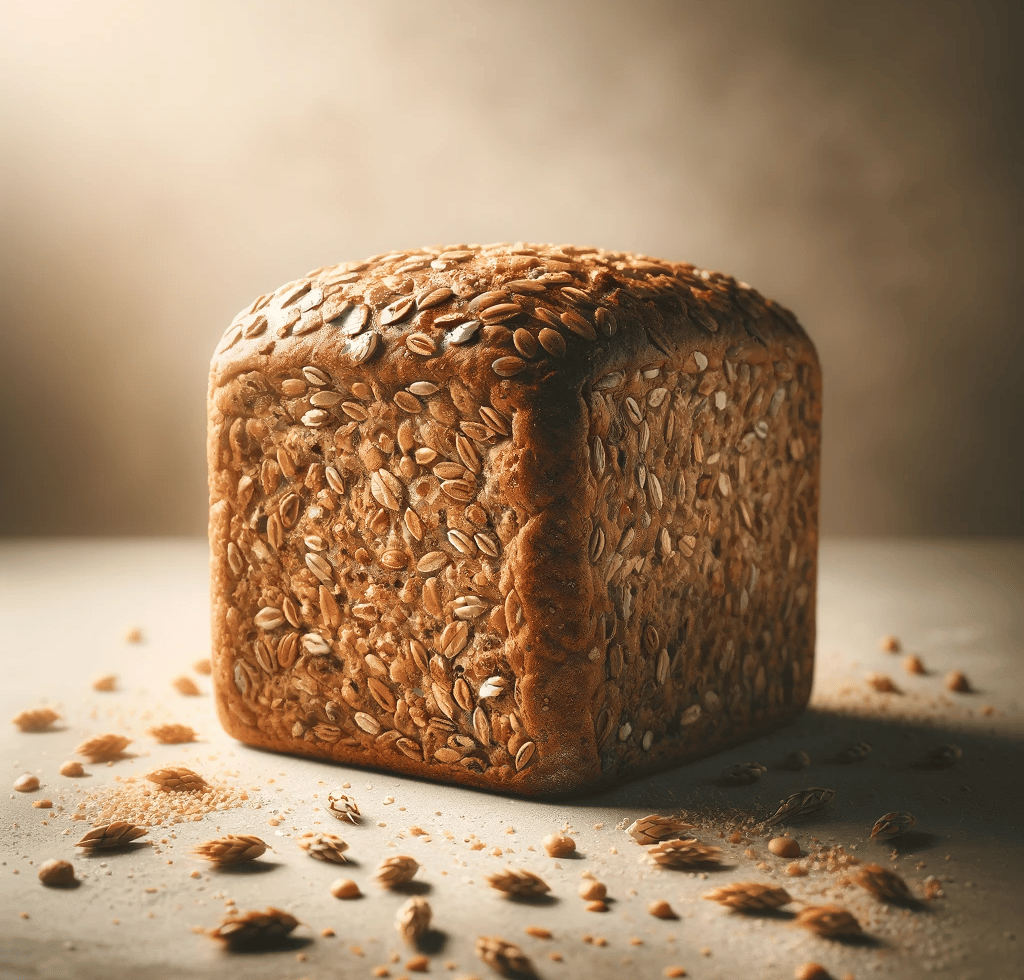
1. Organic Whole Grain Bread
Organic Whole Grain Bread, ranking at the top of our list, is a stellar choice for those managing diabetes. More than just a breakfast item, it serves as a fundamental component of a balanced diabetic diet.
Variety and Nutritional Richness
This bread is made from a diverse array of intact whole grains, including barley, brown rice, oats, and sometimes ancient grains like quinoa and amaranth. This variety ensures a rich supply of fiber, essential vitamins, minerals, and phytonutrients, crucial for overall health.
Ideal Carb-to-Fiber Ratio for Blood Sugar Control
A high-quality loaf of Organic Whole Grain Bread typically contains about 40 grams of carbohydrates and 10 grams of fiber, resulting in an optimal carb-to-fiber ratio of 4. This ratio is particularly beneficial for diabetics as it promotes a slower and more controlled rise in blood glucose levels.
Low to Medium Glycemic Index
The glycemic index of Organic Whole Grain Bread generally ranges between 45-55, significantly lower than white bread. This lower glycemic index is vital for minimizing the impact on blood sugar levels.
Minimized Sugar Content
The sugar content in these breads is typically around 1.5 grams per serving. This low level is crucial in reducing the risk of blood sugar spikes, an important consideration for diabetics.
Backed by Research
According to a study in the ‘American Journal of Clinical Nutrition’, diets high in whole grains can significantly reduce the risk of developing type 2 diabetes. This is attributed to the beneficial role of dietary fiber in improving insulin sensitivity and controlling blood sugar.
Enjoyable and Versatile in Diet
Incorporating Organic Whole Grain Bread into a diabetic diet can be both enjoyable and versatile. It pairs excellently with proteins and healthy fats, like avocado or Greek yogurt, aiding in the slow absorption of glucose.
Choosing the Right Bread
When selecting Organic Whole Grain Bread, it’s important to check for loaves made from 100% whole grains and free from added sugars or unnecessary additives. This ensures maximum nutritional benefit.
A Smart Choice for Diabetes Management
Organic Whole Grain Bread stands out as an intelligent choice for anyone managing diabetes. With its low glycemic index, high fiber content, and rich nutrient profile, it’s a beneficial addition to a diabetic diet, allowing for effective management of the condition while enjoying satisfying meals.
Embracing Healthier Choices for Diabetes Management
A Comprehensive Guide to Diabetic-Friendly Breads
In this article, we have explored the top five morning breads ideal for diabetics, each offering unique benefits to support blood sugar management and overall health. From the nutrient-dense Organic Whole Grain Bread to the innovative Keto Bread, these options demonstrate that managing diabetes doesn’t mean sacrificing enjoyable meals.
More Than Just Bread Choices
It’s important to remember that these breads are part of a larger picture of diabetes management. Alongside choosing the right bread, incorporating a balanced diet, regular physical activity, and monitoring blood sugar levels play crucial roles in maintaining optimal health.
For more insights, watch this informative video:
Personalizing Your Diet
Everyone’s body reacts differently, so it’s essential to tailor your diet to your specific needs. Consulting with healthcare professionals can provide personalized guidance to ensure that your food choices, including these breads, align with your health goals.
The Joy of Eating Well
Ultimately, the goal is to find joy in eating well. These bread options allow you to enjoy your meals while taking care of your health, making the journey of diabetes management not only effective but also pleasurable.


